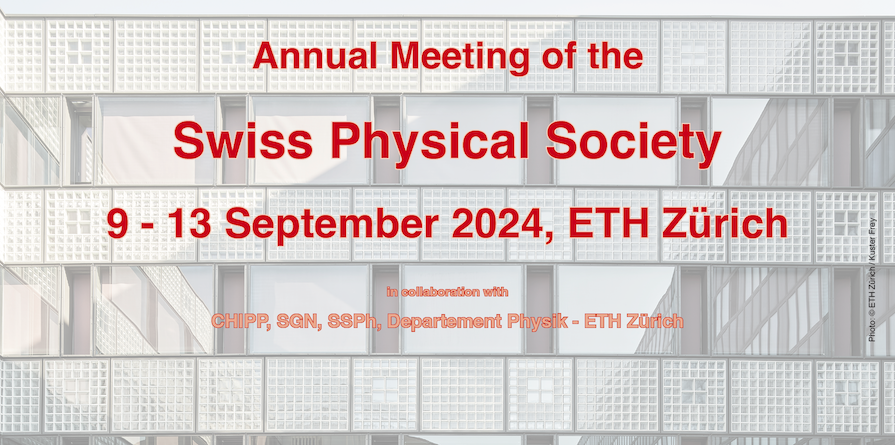Speaker
Description
Biological cellular tissues often exhibit domains of orientational order, separated by topological defects where order vanishes. Those regions concentrate active stresses generated by cell force dipoles and give rise to spontaneous flows.
We use an agent-based model to describe cells as multi-particle filaments and incorporate mechanical activity in terms of individual cell force dipoles. This framework is designed to capture hydrodynamic modes at large scales.
In agreement with the continuum theory, we recapitulate the active flow transition beyond a critical activity threshold in two dimensions, and confirm the influence of activity on the onset of nematic order. In the future, we plan to explore those features in more complex geometries.
